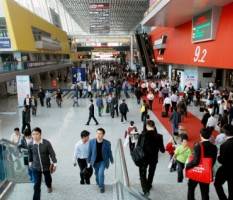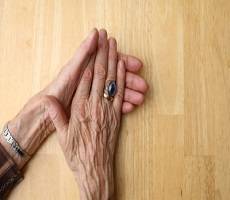April 15, 2013
Better reporting required on employee engagement and wellbeing
There is a need for more open reporting on employee engagement and wellbeing by FTSE 100 organisations according to an inaugural report into wellness by Business in the Community. The first Workwell FTSE 100 benchmark, which analysed how FTSE 100 organisations manage their 6.3 million employees gave an average score of just 21 per cent, which said BITC was “not unexpected” at this first stage of development. The highest scoring Workwell indicators were Diversity and Inclusion (at 50 per cent of total marks) and Health and Safety (at 44 per cent), showing how compliance drives measurement and reporting.

























April 15, 2013
When the world’s cities became the stars of the show
by Mark Eltringham • Architecture, Comment
(more…)